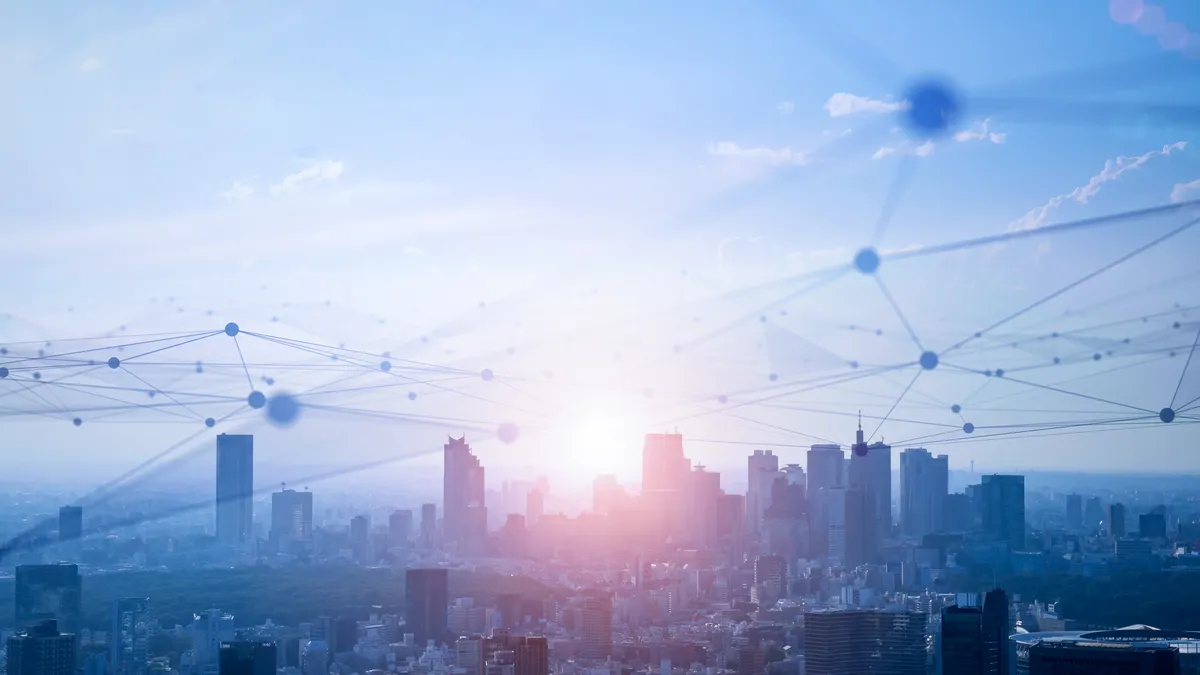When disruption hits, enterprise technology executives are among the first in a line of frantic phone calls to decide how to respond.
After all, CIOs steer their organizations to overnight remote or hybrid work, sourcing hardware and software on short notice and helping companies rethink business models.
The pandemic yielded one clear lesson for Adriana Karaboutis, group chief information and digital officer at National Grid. In hindsight, Karaboutis would have prepared personas of the different types of workers at the energy company, getting an in-depth sense of what resource people would need to continue working under challenging circumstances.
"As you do disaster recovery and business continuity, never think just about [sending] everyone home, but do we know their personas and how many of them there are?" said Karaboutis, speaking Monday at the MIT Sloan CIO Symposium.
The balancing act between preparing for the next crisis while considering resource allocation is complex. From natural disasters to potential spikes of COVID-19, in the event of another wave of disruption CIOs must have a plan in place to ensure business continuity, with a focus on system resilience and flexibility of operations.
Part of the recipe for preparedness tomorrow is bringing systems up to speed today. And that starts with regularly monitoring and evaluating the current state of systems, said Vagesh Dave, global VP and CIO at McDermott International.
"We have a lot of technical debt, and a lot of areas where we require modernization," Dave said. Investing in those areas, partnering with vendors and startups to see where they can assist is part of a necessary new approach to technology strategy, he said.
What does a resilient IT model look like?
Companies that operate globally need to eschew a one-size-fits-all approach to preparedness, said Mona Bates, CIO at Collins Aerospace.
"You have to address it one site at a time, one country at a time, but do have some guardrails to make sure you don't take too much away from the standards and some of the norms," Bates said.
Data will also need to inform IT models in order to withstand pressures previously unseen, according to Karaboutis. "It sounds trite, but data is what's going to provide the insights that we need in order to move to disrupt ourselves or to the next generation of what we're doing."
But data use is not without its risk. Ironically, data is also what's driving some of the threat vectors that make executives raise their defensive posture, said Karaboutis. "It requires an agility and that requires a transparency and clarity that I don't think we've had before."
With data, companies like National Grid can use AI to enhance their ability to predict and prepare for variables ahead, from the weather conditions to large events such as a World Cup.
Building a resilient IT infrastructure needs input from the whole spectrum of those interacting with it. CIOs, given their comfort with both business and technology concepts, can be in charge of absorbing that insight and turning it into action for continuity's sake.
"Listen to your entire ecosystem: your partners, vendors, employees, customers," said Dave. "Having that human touch, having them trust and come to you will give you that edge, so you can see things coming around the corner.















